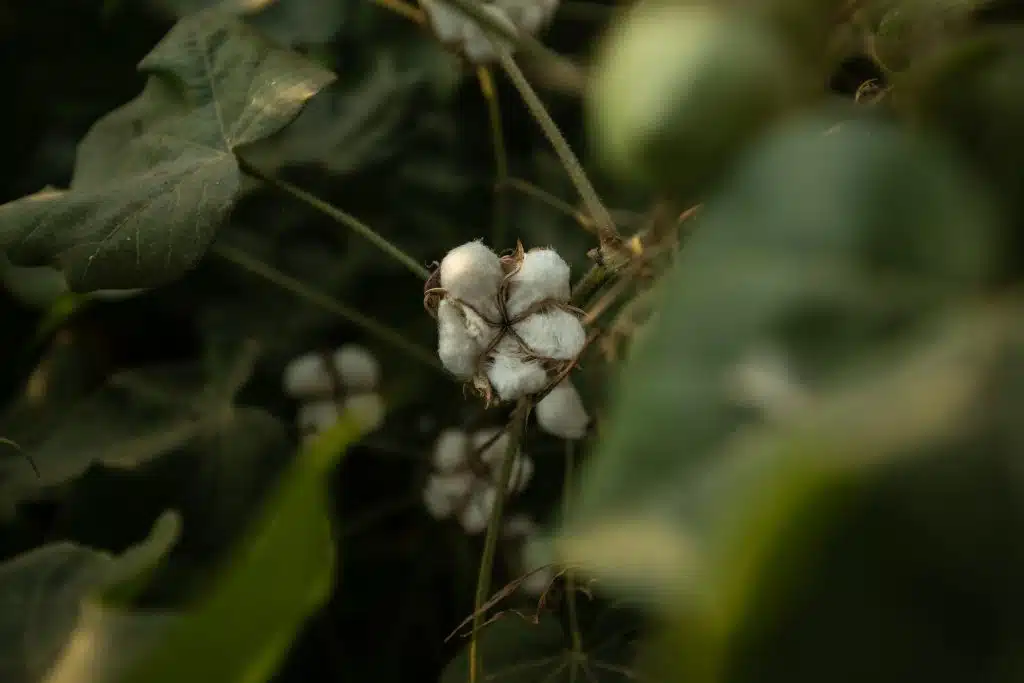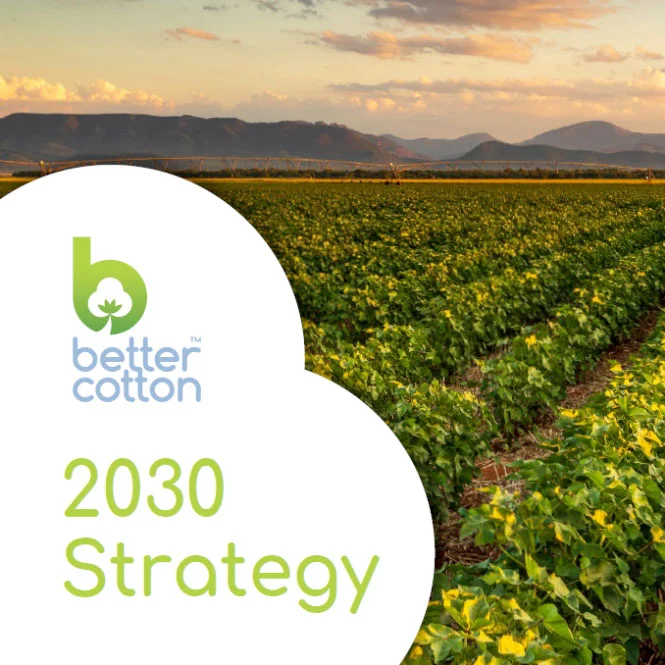- Who we are
- What we do
In just over 10 years we have become the world’s largest cotton sustainability programme. Our mission: to help cotton communities survive and thrive, while protecting and restoring the environment.
- Where we grow
Better Cotton is grown in 22 countries around the world and accounts for 22% of global cotton production. In the 2022-23 cotton season, 2.13 million licensed Better Cotton Farmers grew 5.47 million tonnes of Better Cotton.
- Our impact
- Membership
Today Better Cotton has more than 2,700 members, reflecting the breadth and diversity of the industry. Members of a global community that understands the mutual benefits of sustainable cotton farming. The moment you join, you become part of this too.
- Associate Membership
- Civil Society Membership
- Producer Organisation Membership
- Retailer and Brand Membership
- Supplier and Manufacturer Membership
- Find Members
- Member Monitoring
- Better Cotton Platform
- myBetterCotton
- Resources – Better Cotton Conference 2022
- Complaints
- Whistleblowing
- Safeguarding
- Get Involved in the Better Cotton Programme
- Thank you for contacting us
- Better Cotton’s Data Privacy Policy
- Log in
- Members’ Area
- Request for Proposals
- Better Cotton Cookie Policy
- Web Reference
- Measuring Cotton Consumption
- How to Implement the Chain of Custody Standard
- Resources – Better Cotton Conference 2023
- Certification Bodies Old
- Latest
- Sourcing
- Latest
The founding premise of Better Cotton is that a healthy sustainable future for cotton and the people that farm it is in the interests of everyone connected with it.
Let us help you find what you’re looking for
Results for {phrase} ({results_count} of {results_count_total})Displaying {results_count} results of {results_count_total}

The flash floods, severe heatwaves and wildfires of recent months have demonstrated the imminent threat climate change poses to our planet. In this defining decade, lowering greenhouse gas emissions is amongst the most effective methods of reversing the effects of global warming.
According to the World Resources Institute (WRI), the agriculture sector accounts for nearly as much of world’s greenhouse gas emissions (12%) as the transportation sector (14%), which is why Better Cotton launched its Climate Change Mitigation Impact Target.
By 2030, we have committed to reducing greenhouse gas emissions by 50% per tonne of Better Cotton lint produced. This bold ambition will not only help farmers instil more sustainable practices within their day-to-day operations, but it’ll help the world’s leading fashion retailers and brands as they strive to lessen their Scope 3 emissions and improve the sustainability credentials of the products they sell.
Here, we speak with Anneke Keuning, Senior Environmental Specialist at BESTSELLER, to understand the way in which climate change is impacting their approach to sourcing more sustainable materials.

To what extent can initiatives like Better Cotton support a brand or retailer achieving their own sustainability goals?
To reach our sustainability goals, we have to work with all aspects of our value chain and sourcing all our cotton from certified and branded alternatives like Better Cotton is part of this journey.
Sourcing Better Cotton for BESTSELLER is a minimum requirement, and therefore, all cotton used in BESTSELLER products that is not sourced as organic or recycled cotton will automatically be sourced as Better Cotton.
BESTSELLER’s sustainability strategy is named Fashion FWD and it sets our near-term direction and keeps us accountable with goals like our science based targets for climate through which we are committed to reducing our indirect emissions by 30% in 2030, compared to a 2018 baseline.
How have BESTSELLER’s cotton sourcing practices and requirements evolved over the past decade in response to the mounting climate crisis?
Climate change is increasingly impacting cotton growing regions. And, as the fashion industry is heavily reliant upon our planet’s natural resources such as cotton and clean water, there is a clear risk to our business. As a responsible company we have an obligation to reduce the impact our business has on the environment.
Our approach focuses on actively supporting more sustainable cotton farming practices through investments and our sourcing policies. We work simultaneously from the bottom and top of the supply chain to ensure an increased volume of preferred cotton is available for our own products and the wider fashion industry.
BESTSELLER has been an active member of Better Cotton since 2011 and have been sourcing Better Cotton since 2012. As part of our Fashion FWD strategy the amount of Better Cotton sourced has increased over the years.
For BESTSELLER, how important is it that Better Cotton sets bold climate change mitigation targets?
When we set our science-based targets, we knew these targets were ambitious. Therefore, to achieve our goals it is crucial to work with partners throughout the supply chain who are as ambitious as we are.
And at the same time ensure that our suppliers and farmers that we work with benefit from the increased demand of lower impact cotton.
In order to reach our climate targets, we need bold action within our supply chain, and for us that means working with industry partners that are also willing to work towards those ambitious targets.
Across the fashion and textile sectors, greater onus is being placed on addressing Scope 3 greenhouse gas emissions. How do you assess the increasing appetite for change throughout supply chains?
The vast majority of our climate emissions are from our supply chain. Approximately 20% of our total greenhouse gas emissions come from the production of raw materials. We have a responsibility to work with suppliers across the entire value chain to reduce our impact.
BESTSELLER’s most used raw material is cotton and our vision to increase the use of certified cotton materials year-by-year reflects our desire to respond to consumer and societal demand for lower impact cotton and to safeguard our future raw materials.
In order to reduce our impact, we aim to work with partners like Better Cotton through which we can help cotton farming communities survive and thrive, while reducing our impact and in turn protecting and restoring the environment. At the same time, we have the option to promote change in the industry and to stimulate both demand and supply of lower impact cotton.


